For all its growing pains, Electrify America is the first universal EV charging network to help electric vehicle drivers cross the United States. As our columnist Eric Way highlighted in a recent Torque News article, the network has expanded rapidly over the past 18 months. Even since that piece was published one week ago, four new locations have been activated over the holiday week, including two here in the Northeast serving key routes up to New Hampshire and Maine.
That expansion, however, has not been without its teething problems. From fluctuating prices and restricted power levels to a widespread shutdown of its high-powered CCS stations for several days in early 2019, navigating the ups and downs of Electrify America isn't always easy for EV drivers.
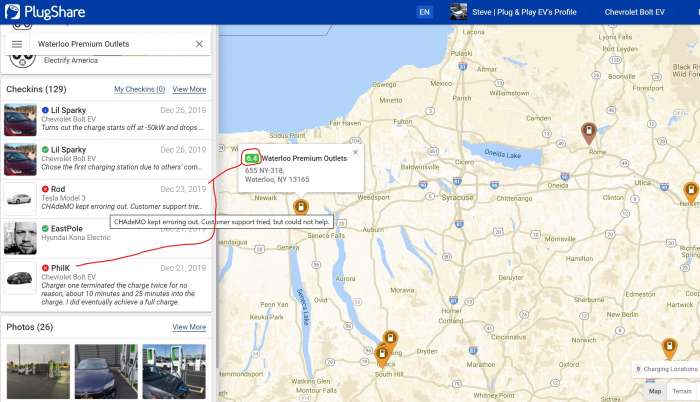
Before we take a look at some of the main issues Electrify America needs to fix in 2020, let's take a second to praise the hard-working engineers and technicians crisscrossing the country to get these stations installed and operational. Having attended several activations here in Massachusetts this year, I can report that the individuals on the ground are working relentlessly to juggle the dual responsibilities of getting new sites online and maintaining those that have already been activated.
Clearly, charging issues are extremely frustrating in the moment, but we will look back on these years as pivotal in the wider adoption and progression of electric vehicles.
3 Things Electrify America Needs to Fix in 2020
With that out of the way, let's cut to the chase of what the Electrify America team needs to address as an important new decade is upon us.
Having spent several hundred dollars with the network across some 30+ charge sessions, as well as paying close attention to the experiences of other non-Tesla EV drivers using Electrify America in various models, these are the issues I feel they need to prioritize in 2020:
1. Address tiered pricing confusion for Kia Niro EV and Hyundai Kona Electric drivers.
2. Improve the stability of station payment processing.
3. Achieve true redundancy through greater reliability.
Let's take a look at each of these improvements in more detail.
1. Hyundai Kona and Kia Niro EV Drivers Get Gouged By Tiered Pricing
On the face of it, the tiered pricing adopted by Electrify America back in June was a big improvement on what came before. The single price of 35 cents per minute, regardless of power level, led to some pretty expensive early charging sessions in our 2017 Chevy Bolt EV. Limited to 55kW at its charging peak, one stop from 16-80% (full session timelapse with old pricing video below) set us back an eye-watering $22.16 for 38kWh of energy. That's 58 cents per kWh, or roughly 4x more expensive than juicing up at home.
Nowadays, on the network's new Pass+ membership plan, it costs around half that price to get our Chevy Bolt EV charged up to 80%. For Hyundai Kona Electric and Kia Niro EV drivers, however, charging on Electrify America is still priced at a premium.
I reported the issue in detail earlier this year, but the upshot is that these models are both lumped into tier 2 pricing, even though they barely achieve the 75kW power level required to trigger those rates. Average charge rates achieved in the Kona Electric and Kia Niro EV typically level out between 40-60kW over the course of a session. That's better than the Bolt EV and these cars are worthy competitors for the affordable EV crown, but the pricing anomaly makes them much more expensive vehicles to road trip.
For example in October, five months after the issue was identified, a reader commented on our initial article with the following experience:
"We are on a trip from Maryland to Tennessee and plotted our route using EA chargers. At the first stop, we received a charge of 40-56 kw/min. In 22 minutes, the car charged 13.98kW for which we paid $10.50. The machine charged us at the 75+ kW tier (.48/min as opposed to .15/kw for the lower tier).
We called to complain that we were overcharged but basically got nowhere. They also claimed that our car made a "handshake" at 84kW, justifying the higher tier charge even though we never got anywhere close to that."
That's an effective rate of 75 cents per kWh. In the same time frame, a Chevy Bolt EV below 50% state of charge would gain a very similar amount of energy, yet only pay $3.30 for the charge session. Clearly, this situation is untenable as more models come to market and rely on Electrify America to traverse the country.
The complaints we hear typically talk about avoiding the network, but for long road trips outside of major cities, there are simply no alternatives at this stage. Another road trip for a Kona Electric owner out in Colorado, pictured below, saw effective rates as high as $1.12 per kWh thanks to tier 2 pricing for tier 1 charging speeds, which is clearly untenable as more of these cars get out on the road.
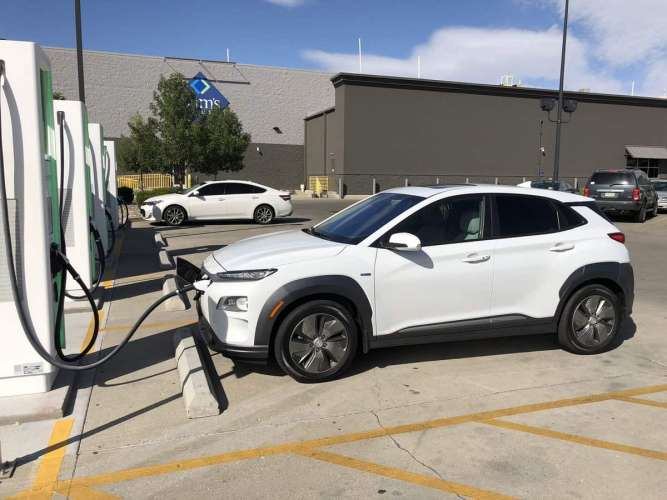
One potential solution would be moving to a model that allocates price tiers by average power received, rather than the theoretical maximum of the model being charged. That would see the driver pay for what they actually get, instead of an optimistic "best-case scenario" on the part of the manufacturer.
Another option is that manufacturers whose models straddle this power level line, as do Kia and Hyundai, come to an agreement with Electrify America to communicate a 74kW maximum to the network's stations, keeping them in price tier 1.
In either case, it falls to both parties to come together and help drivers of the cars affected. Failure to do so could limit sales of both models, which would be a loss for EV adoption overall as they are both compelling new electric vehicles (if and when Kia and Hyundai choose to increase availability and sell them properly).
2. Stabilize Payment Processing and Software
If you've only ever used the Electrify America app to start sessions and make payments automatically, you might wonder what this item is all about. Although I fall firmly into the app user category now, I completed numerous sessions before it existed, including the dubious pleasure of navigating the physical payment system.
Between unresponsive touch screens during inclement weather, failure to process card payments, and multiple $50 "hold fees" placed on payment cards as sessions had to be restarted at no fault of my own, it's fair to say that the experience was not a positive one.
Having transitioned completely to the app for everything from payment to session management, I now bypass most of these hurdles from the comfort of my car. For less frequent users, or those who simply can't or won't use the app, it sounds like the same challenges remain in place. Add that to my next requested fix and the potential for a disastrous charging experience is very real.
New technology like Plug&Charge, which like Tesla's Supercharger system automatically communicates all the required identification and payment data upon plugging in, could also help. That said, for an organization whose payment tagline is "Modern Fuel, Moden Convenience," it seems reasonable to expect all common forms of payment to be not only available but seamlessly processed.
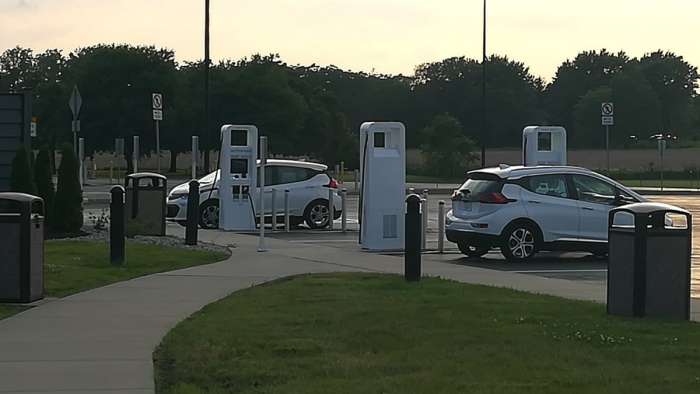
3. Improved Redundancy Through Reliability
In terms of always being able to get a charge, in my experience Electrify America is probably the best network out there. That's not to say it's easy to make that happen, as this final point should emphasize.
Only once in those 30+ sessions have I failed to get an adequate charge to make it to my next intended charge site. In an incident I now refer to as the "Debacle in DuBois," I spent an hour in the rain trying every station, none of which delivered more than a few kilowatt-hours before shutting off, if they started at all. Despite the best attempts of customer service - a department which, as a side note, is one of Electrify America's greatest strengths - none of the stations proved reliable.
On the plus side, that's a rarity. Electrify America typically has a minimum of four charge stations and seven CCS connectors at its highway locations, which means that at least one or two is usually online and ready to charge. What constitutes reliability in this context comes down to the individual EV driver. If I get a complete session even after moving to a new station, I'm generally happy. Others might not be so patient, and Plugshare listings are full of comments such as "Units 01 and 03 wouldn't work, but I finally managed to charge on unit 02."
The negative image of offline or malfunctioning equipment aside, the issue of redundancy will become the crux of this issue as more electric vehicles hit the road. At the moment, it's rare to see more than one or two EVs at an Electrify America station at the same time here in the Northeast. I've certainly never had to join a queue to charge at these locations, as we've seen in recent weeks with key Tesla Supercharger locations.
However, that time is coming. With exciting new models from Ford, Volkswagen, and other legacy automakers on the horizon, it's not a stretch to imagine similar scenes at Electrify America locations as the 2020 holiday season arrives. That will be manageable if every station is online and working seamlessly. If the maintenance delays persist, however, it could get ugly quickly.
If rapid expansion was the priority in 2019, expedited maintenance and faster turnaround time per charge session should be high on the list for 2020.
As I mentioned above, none of this is intended to debase Electrify America's efforts. As my fellow EV advocate David Reed of ROC EV puts it, to drive things forward we must be both the network's "strongest ally and harshest critic." These are real-world issues that are navigable at the current stage of EV adoption, but which could quickly become major pain points as more people buy and drive electric vehicles.
Getting out in front of these concerns, as the network has done with aspects such as future-proofed technology and highly responsive customer service agents, will stand Electrify America in good stead as we enter a new decade that will see electric vehicles enter the mainstream.
How have your charging experiences been with Electrify America? Do you see other areas of concern that the network should address as a priority in 2020? Let us know in the comments!
Steve Birkett is an electric vehicle advocate at Plug & Play EV. You can follow him on Twitter at @plugandplayEV, Instagram and YouTube at Plug & Play EV channel to send him EV news tips.


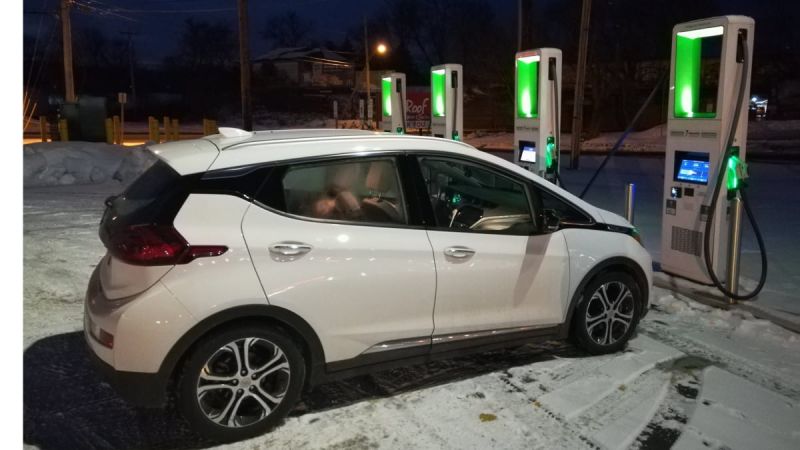






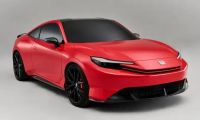
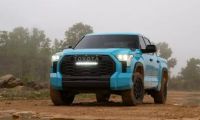
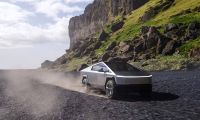
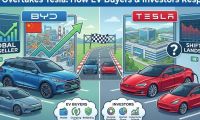
Comments
Thanks for this article. I
Permalink
Thanks for this article. I would like to offer some comments from a NorCal perspective. We drive both CCS and CHAdeMO BEVs.
1). CA has mandated pricing by the kWh, which should fairly resolve the Hyundai/Kia issues.
2). No discussion of EA is complete without reminding people of it's origins, which have been estimated to kill approx. 70 additional Americans annually into the future.
3). We still get spurious errors on the app, mostly indicating charging failure while car is charging away.
4). CHAdeMO users do not have the option of changing chargers upon failure, as there is one per site (and they do not charge Leaf+ at full speed).
5). EA does not repair chargers themselves; dead chargers can be down for many weeks due to supplier/contractor staffing and priorities. Sometimes entire sites will be down for months and EA will not say why.
6. I drove Bay Area to Fresno, EA down and EVgo back. EA direction took 1 hr. longer due to 3 support calls and car throwing a code on one of their BTCPower chargers. Despite EA chargers being faster.
All the CA charging networks have serious issues, except possibly Tesla. Their level of transparency is low. I agree with your quote about critic and friend.
mike
I think the reliability is a
Permalink
I think the reliability is a core issue, as it drives customer confidence. Choosing to drive a long-distance drive where the only choice in between is 1-2 EA stations that you absolutely need to be working is a calculated gamble at best. They could be up when you leave, but will they be working with you get there? This is not range-anxiety, but Charging Station-anxiety. We've reconsidered some rides in our electric motorcycles because we were skeptical if a specific charging station on our route would work, having failed on a previous trip.
Unfortunately EA is still
Permalink
Unfortunately EA is still gouging California customers by exploiting a technicality in the new "pricing by the kWh" law.
Please keep pushing them on this issue! Pricing by the minute should be outlawed immediately with $$ enforcement.......
And while I do agree that the
Permalink
And while I do agree that the customer service reps are friendly, they are not responsive because they are not empowered to help you and do not know any information beyond what's on the website.
Driving to Tampa from Albany
Permalink
Driving to Tampa from Albany NY we needed use EA chargers a few times, and in our KONA we were gouged every time. EA stations worked, but VERY expensive with costs over $25 each time for 30Kwh or so.
Charge by Kwh is the only true and fair method, I hope we can get this soon!